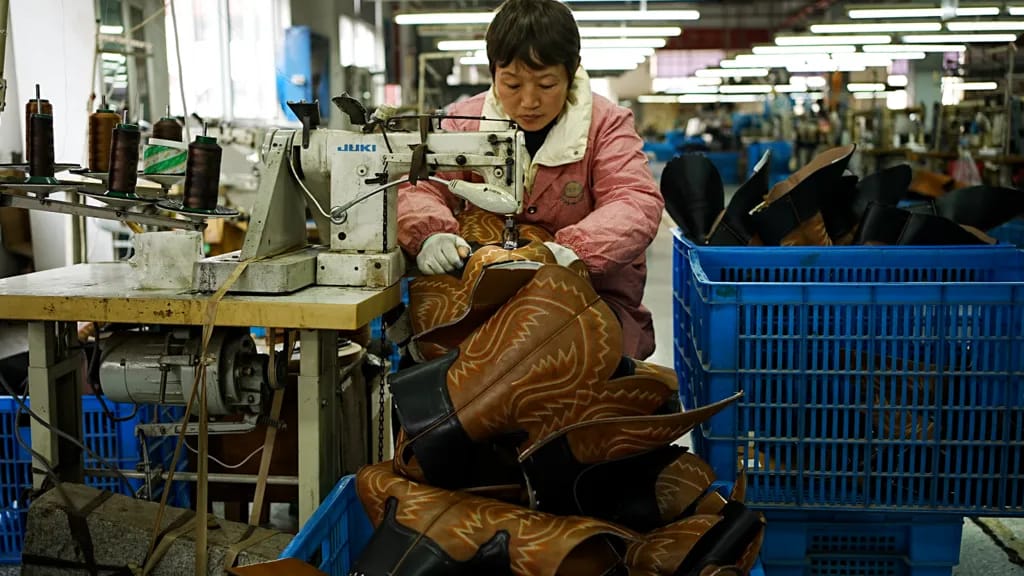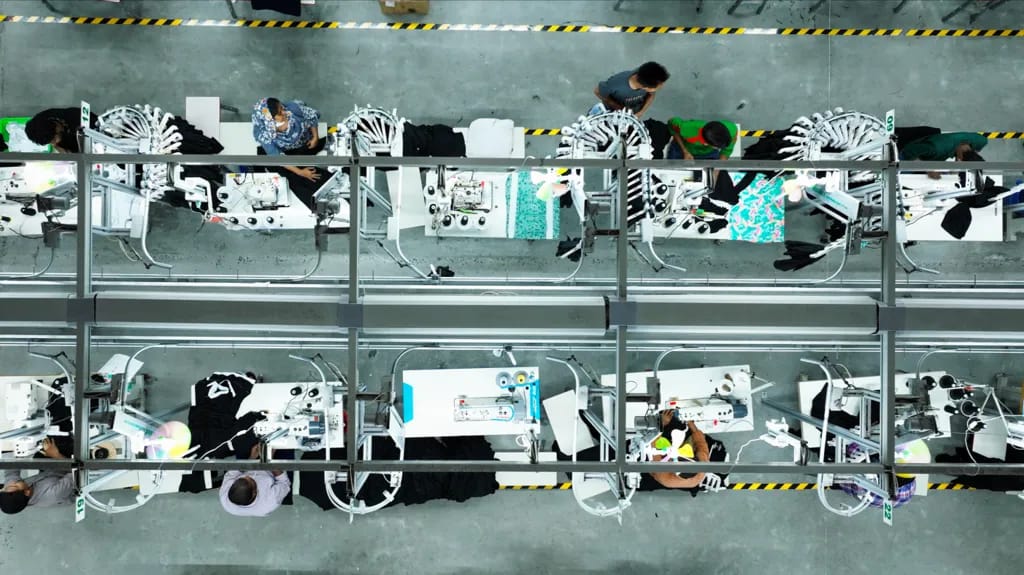In a factory along China’s eastern coast, the hiss and puff of compressed air molds leather into cowboy boots, a product quintessentially American yet profoundly tied to Chinese manufacturing. Here, amidst the cacophony of an assembly line, the economic repercussions of political decisions half a world away are deeply felt. Mr. Peng, a 45-year-old sales manager, reflects on a looming economic threat as former U.S. President Donald Trump re-enters the White House, bringing with him the promise of renewed tariffs on Chinese goods.
The Initial Impact
When Trump first imposed a series of tariffs during his presidency, it sparked a trade war that significantly impacted the global economic landscape, particularly for China. Businesses like the one Mr. Peng works for, once thriving hubs producing up to a million pairs of boots annually, felt the immediate strain as tariffs made their goods less competitive in the U.S. market. The prospect of Trump’s return and additional tariffs has reignited concerns among Chinese manufacturers, who are still grappling with the long-term effects of the initial trade skirmishes.

Strategic Shifts and Adaptations
In response to the ongoing threat, many businesses are considering drastic changes to their operational models. Mr. Peng reveals that his boss has contemplated relocating production to Southeast Asia, a move echoed by other Chinese companies aiming to circumvent tariffs and remain competitive. Such a shift, however, poses significant challenges, particularly in terms of workforce impact. Most of Mr. Peng’s colleagues are long-term employees, integral to the community and the business’s success.
Broader Economic Implications
Trump’s aggressive trade policies are not just a concern for individual businesses but are indicative of larger geopolitical tensions between the U.S. and China. The new tariffs, anticipated to be around 10%, are expected to exacerbate an already sluggish Chinese economy heavily reliant on exports. Despite this, the broader strategy of the Chinese government and businesses reveals a resilient and adaptive approach to external pressures. Companies are diversifying their manufacturing locations and looking towards markets beyond the U.S. to mitigate risks.

Global Manufacturing and Supply Chain Dynamics
The ongoing U.S.-China trade tensions have led to a significant reshaping of global supply chains. Major firms like Nike, Adidas, and Puma have relocated operations to countries like Vietnam, while Chinese companies are increasingly investing in regions like Southeast Asia under China’s expansive Belt and Road Initiative. This strategic pivot helps Chinese businesses maintain a competitive edge while also expanding their global footprint.
Continuing Challenges and Future Prospects
As Mr. Peng tours the factory, the empty workstations serve as a stark reminder of the challenges ahead. The workforce has dwindled, and the uncertainty of future orders casts a shadow over the daily operations. The high skill involved in producing quality footwear means that any shift in production must be carefully managed to preserve craftsmanship and product quality.
Conclusion
As the Trump administration renews its focus on China with potential new tariffs, the ripple effects will be felt across continents. Businesses like Mr. Peng’s are emblematic of the broader challenges faced by Chinese manufacturers in adapting to an evolving economic landscape dominated by geopolitical tensions. The future remains uncertain, with the potential for significant shifts in global trade patterns and manufacturing centers as companies worldwide brace for the impact of renewed U.S.-China trade tensions.
